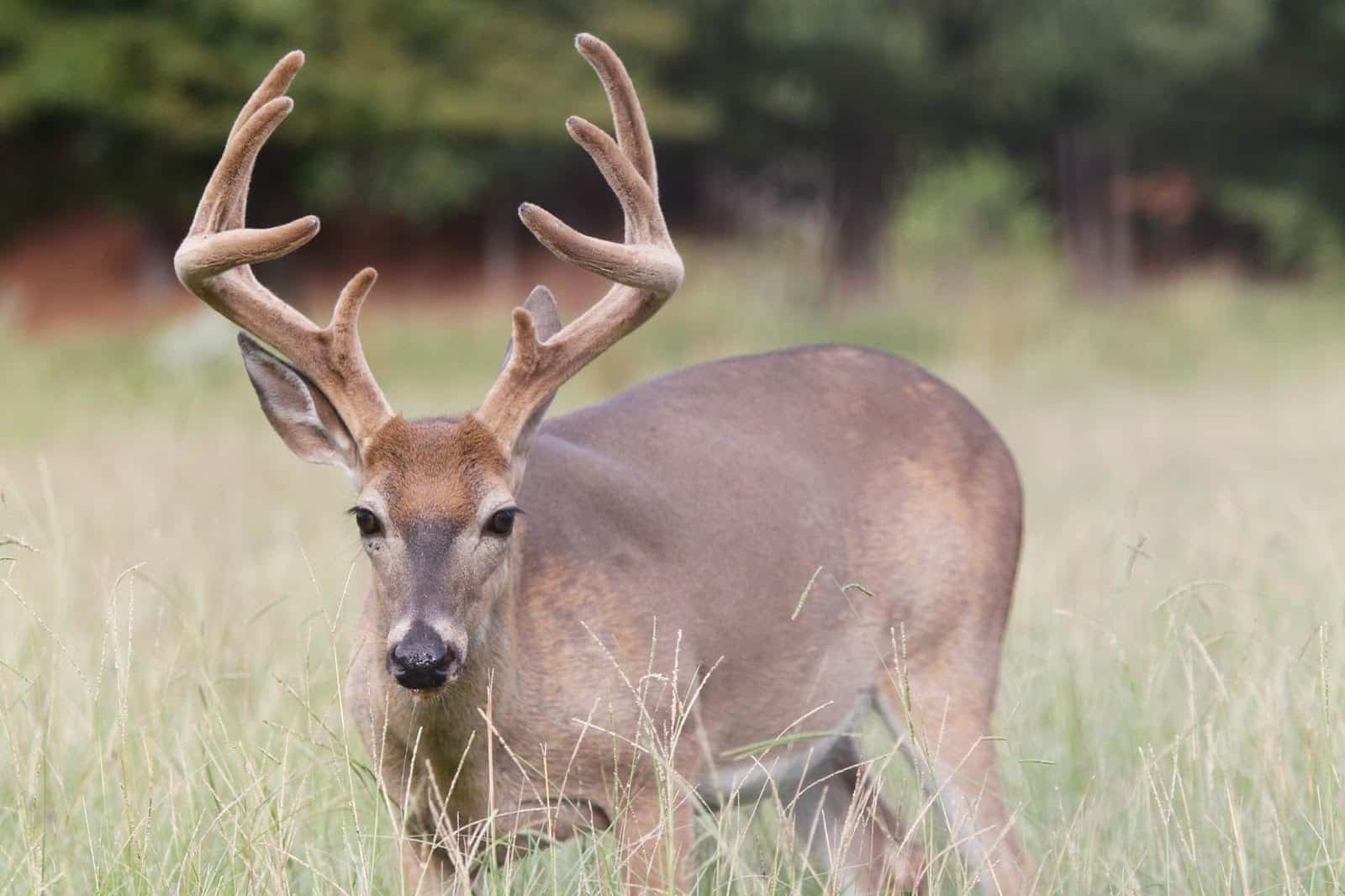Scout now for spring turkey success
ON 03-10-2021
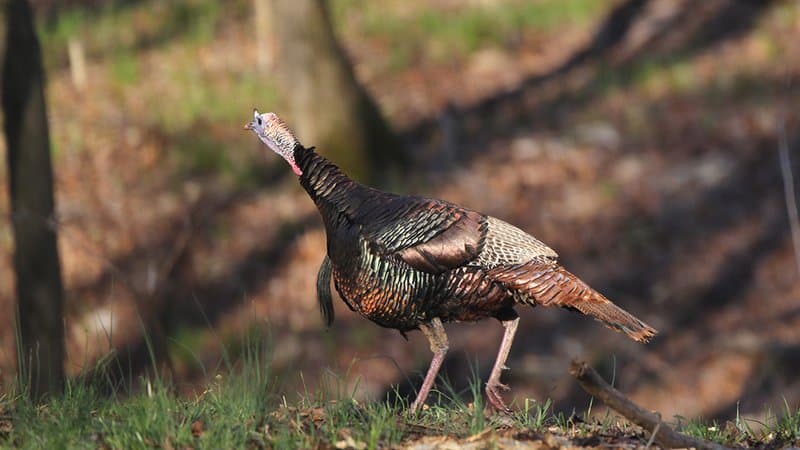
March 10, 2021
Randy Zellers
Assistant Chief of Communications
LITTLE ROCK — With the youth turkey hunt one month away and regular turkey season beginning nine days later, many hunters are dusting off their shotguns and brushing up on their calling. Seasoned veterans of the turkey woods also have their eyes glued to aerial images right now, looking for the most likely location for their next encounter with a longbeard.
Studying maps is nothing new to hunting or fishing. Just about every hunter and angler has a stash of treasured topographic maps or aerial photographs they reference when it’s time to visit an area for the first time or refresh their knowledge of some old stomping grounds. Luckily for newcomers, advances in technology have replaced those old treasure troves of maps and printouts with online resources like Google Maps or online mapping tools for your smartphone. Not only can a person view topographic maps online, but current aerial images as well as historical photographs all can be found to give hunters the lay of the land while they’re still at home.
Web Research
“Try to find areas with diverse habitat types,” said Jeremy Wood, turkey program coordinator for the Arkansas Game and Fish Commission. “Turkeys like edges, and stay near areas where they can have a variety of habitat within easy reach.”
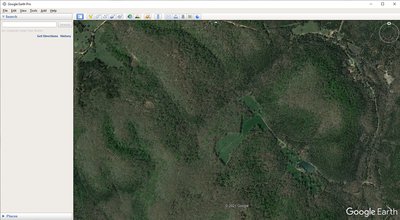
Wood recommends areas where pine forests and hardwoods meet, as well as areas near streams, lakes and other water sources, as the habitat will change quickly in these locations. Pastures, small farms, recently harvested or burned areas in the forest and other open habitat types also are good to have nearby.
“Large stands of dense forest don’t offer the year-round food and cover benefits of a diverse landscape, so you’re not going to find as many turkeys in those huge blocks of similar habitat.”
Wood says hunters also should pay attention to the elevation and try to find areas where they can get the best vantage points when they begin their on-the-ground scouting.
“Try to find ridges and saddles that make for faster travel and give you the ability to hear further out,” Wood said. “Good turkey hunters cover a lot of ground to find their birds, so be prepared to either drive or walk long distances when you get to the woods. Get a handful of locations you want to scout ready using the computer at home, then it’s time to get out and do some walking.”
Ground Truthing
It doesn’t matter how much time you spend on the internet pouring over those maps; you still need to burn some shoe leather well before the season to get on a mature gobbler. Many newcomers fail to bag their bird because they underestimate the value of in-the-woods scouting or don’t understand how to scout efficiently.
“You need to spend some early mornings walking or driving,” Wood said. “You want to visit the locations you’ve found as the woods are waking up and listen for the birds.”
As the sun rises and animals begin to start their days, you’ll hear crows and other animals making a racket. Male turkeys are pretty high-strung as well, and will often sound out in response to these disturbances. While some hunters create their own owl hoots and crow calls to get the turkeys to sound off, Wood suggests just listening and keeping the birds from as much human disturbance as possible before the hunt.
“There’s enough noise in the woods already, so if you’re quiet and the wind is calm, you’ll hear some gobbles if there are birds in the area,” Wood said. “Get to a high point to hear a long way and spend a few minutes listening, then move to the next location. Mark down the areas where you hear birds to narrow down where you want to start your hunting days.”
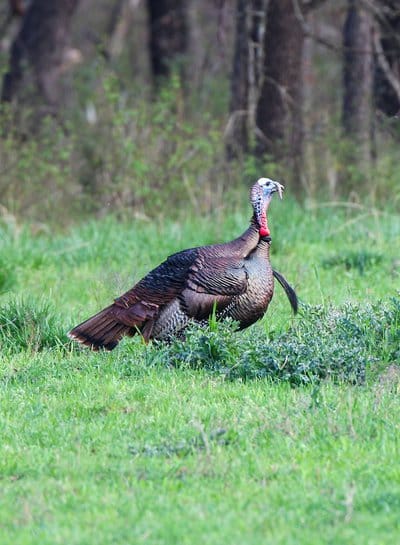
Plan E
Another common trait among successful turkey hunters is that they don’t rely on one gobbler’s location to be their season. Try to find as many likely locations as possible, and don’t be surprised if someone else finds a few of the same birds as you.
“Turkeys aren’t as plentiful on the landscape as deer or other game animals, and they will give themselves away by gobbling, so be prepared to find someone else parked at a few of the same locations you’ve marked,” Wood said. “Instead of getting into a calling competition and ruining the hunt for both of you, it’s best to move to your next likely location. It may take a few tries, multiple mornings and some out-of-the-box thinking before you find a spot that another hunter hasn’t also found, but it’s the best way to get your gobbler.”
Arkansas’s youth turkey season is April 10-11, and the regular season begins April 19 statewide. For more information on turkey hunting in The Natural State, visit https://www.agfc.com/en/hunting/turkey.
Recent News
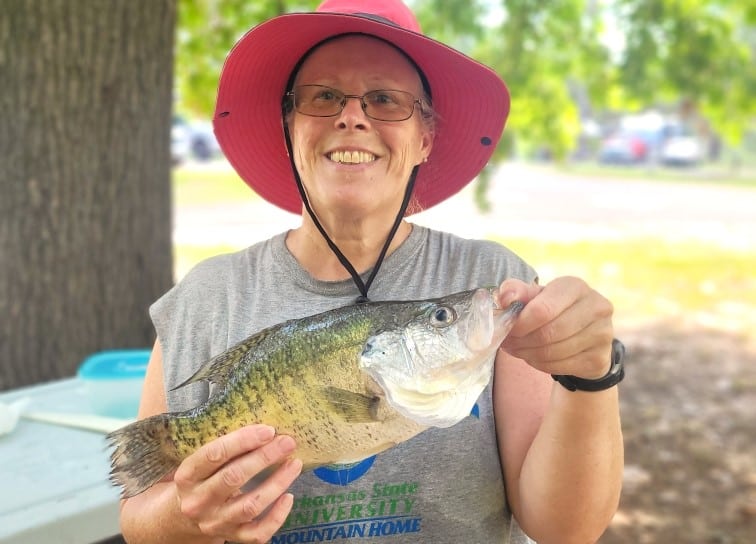
Arkansas Wildlife Weekly Fishing Report
Jul. 25, 2024
Subscribe to Our Weekly Newsletter E-mails
Don’t miss another issue. Sign up now to receive the AGFC Wildlife Weekly Newsletter in your mailbox every Wednesday afternoon (Waterfowl Reports are published weekly during waterfowl season and periodically outside the season). Fishing Reports arrive on Thursdays. Fill in the following fields and hit submit. Thanks, and welcome!

